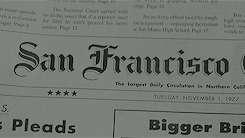Photo

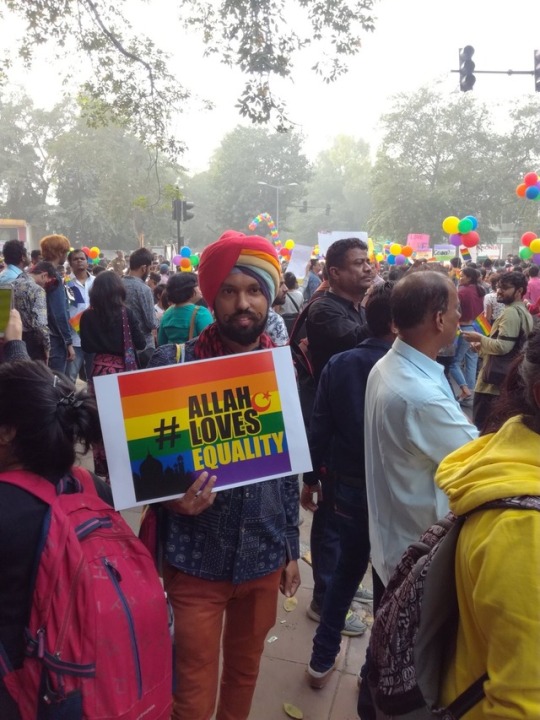



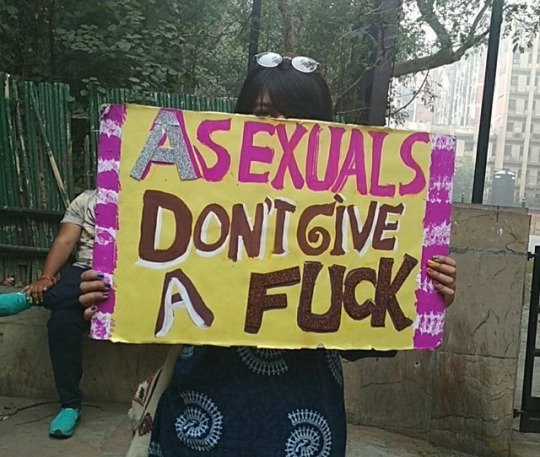




Delhi Queer Pride 2017 🏳️🌈
146K notes
·
View notes
Photo

Happy birthday to bisexual composer, author, and suffragette Dame Ethel Smyth! Ethel was actually born April 22nd, 1868, but her family preferred to celebrate on the 23rd, to match up with the date Shakespeare is also thought to have been born.
In 1912, Ethel was arrested for throwing bricks through the windows of anti-suffrage politicians’ houses. She spent two months in prison, where she was once spotted leading a rousing chorus of her own composition, Song of Freedom, for the other women imprisoned with her. They marched around the exercise yard while she conducted the performance from a window with her toothbrush.
Ethel was given a damehood in 1922 for her work as a writer and composer. She passed away in 1944, aged 86.
[image source]
299 notes
·
View notes
Photo

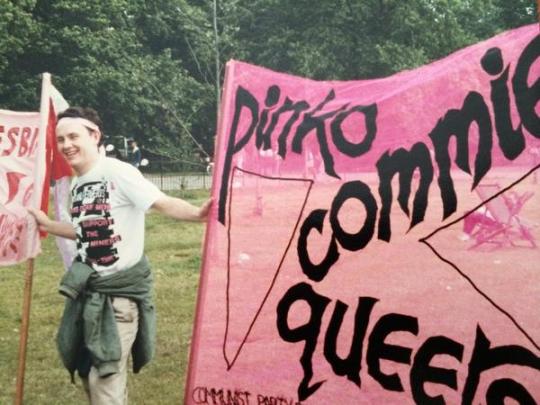
Mark Ashton died on this day, the 11th of February, in 1987.
Mark was born on the 19th of May, 1960 in Oldham, but grew up in Portrush, Northern Ireland. He moved to London in 1978, where he worked in a bar in King’s Cross, in drag as a barmaid with a blonde beehive.
In the 1980s, he volunteered for London Lesbian and Gay Switchboard, campaigned for CND and joined the Communist Party, becoming the first gay secretary of the Young Communist League. Though Mark transformed the Party’s approach to LGBT rights, he and Mike Jackson, who he’d met through Switchboard, wanted to be active as openly gay people. They formed Lesbians and Gays Support the Miners (LGSM) when they collected donations for miners on strike at 1984 Gay Pride.
In the evening of 1984 Pride, a miner spoke at a rally, and they were struck by the similarities between the two struggle, of LGBT rights and the Miners’ Strike. Having collected about £150, they advertised a meeting in Capital Gay. 11 people turned up and from the meeting they made a leaflet to launch LGSM - the leaflet was accepted except with an amendment to ‘one in ten miners is gay.’
As LGSM, they supported the miners as lesbian and gay people. At the second meeting, they decided to focus on one community, of the Dulais Valley, as one of the members, Hugh Williams, was from there. They then met David (Dai) Donovan, who also had thought through the similarities of their struggles and how LGSM could help. A month later, 27 lesbians and gay men, arrived at Onllwyn village in Dulais Valley.
Other than some hostility (and confusion towards vegetarianism), they experienced warmth, friendship and solidarity. LGSM raised £20,000 for families of miners on strike, and based on The Sun writing that “a group of perverts” were “supporting the pits,” they organised the Pits and Perverts concert in December, 1984, headlined by Bronski Beat. The miners marched with LGSM at Gay Pride in 1985.
Mark was admitted to hospital on 30th January, 1987, and died 12 days later from pneumonia, aged 26. At his memorial, there were banners from the Communist Party, Anti-Apartheid, anti-nuclear, Caribbean and community groups, as well as from LGSM. The Mark Ashton Trust was created to support individuals diagnosed with Aids; Mark is also remembered on the UK Aids Memorial Quilt and by Terrence Higgins Trust, with the Mark Ashton Red Ribbon Fund and a plaque at their London headquarters. In 2017, on what would have been his 57th birthday, he was honoured with a blue plaque above Gay’s The Word bookshop.
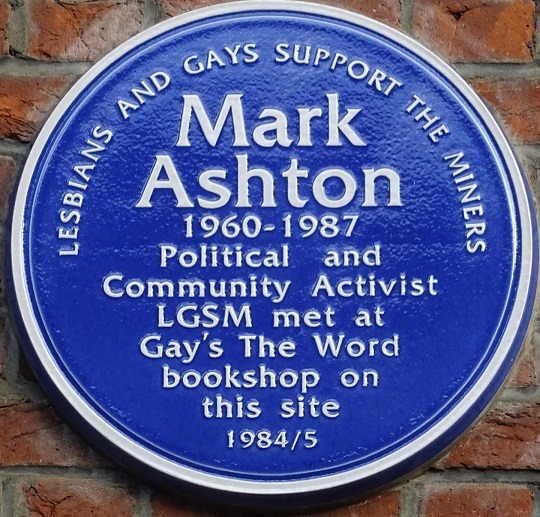
[Images: 1. Mark Ashton at Gay Pride 1981. 2. Mark Ashton at Gay Pride 1985, wearing a LGSM t-shirt and holding a pink “Communist Party” banner with the words “pinko commie queers.” 3. Blue plaque reading: “Lesbians and Gays Support the Miners. Mark Ashton 1960-1987. Political and Community Activist. LGSM met at Gay’s the Word bookship on this site 1984/5.”]
10K notes
·
View notes
Text
JANUARY 12: Nobuko Yoshiya (1896-1973)
Nobuko Yoshiya! Out and proud lesbian! Author of lesbian lit & stories with titles like “Husbands Are Useless”! What’s not to love about her?

Her middle-class, conservative background did not necessarily predispose her to become the lesbian icon she’s known as today, but Nobuka Yoshiya never quite seem to fit the role of the good, dutiful wife she was supposed to take on. She developed early on a love of reading and writing that came in the way of her learning domestic skills (who can relate?). When she moved to Tokyo in 1915, she started breaking away more visibly from gender norms and expectations: she adopted a more androgynous style, cutting her hair short (thus also emulating Western fashion of the 20s), she traveled extensively, and she’s recognized as one of the first Japanese women to own a car and a racehorse. She loved horse racing and golf, and designed her own house, which became the Yoshiya Nobuko Memorial Museum after her death (but if you want to go see it, make sure to plan in advance: it’s open only twice a year, in early May and November, for three days each time).
Even though she was one of 20th-century Japan’s most popular, commercially successful and prolific writers, there’s not a whole lot of scholarly work on her or translations of her writings, at least in the English-speaking Western world – perhaps because the bulk of her writing was serialized romance and teen girls’ novels, and thus not seen as a contender for the ‘serious literature’ category. Even so, she enjoyed an especially broad readership among young women; she pioneered the Class S genre – which refers to literature dealing with strong friendships and romance between schoolgirls – and was influential in developing shōjo (schoolgirl) anime, manga, and literature.
Yoshiya was in a lifelong partnership with Chiyo Monma, a math teacher in Tokyo whom she met in 1923. Their life together was no secret, and Yoshiay openly talked about it in personal essays and magazine interviews. Their relationship was both romantic and professional, as they worked together as author and secretary. Since same-sex marriage was not possible in Japan, Yoshiya adopted Monma in 1957: this was the only legal way that made it possible for lesbians to share property and make medical decisions for each other – in short, to be recognized as family for each other. Their relationship only ended with Yoshiya’s death in 1973.

(I STILL can’t get over the “husbands are useless” thing.)
- AK
3K notes
·
View notes
Text
NOVEMBER 15: Baka Bukas is released (2016)
On this day in 2016, the film Baka Bukas was first released in the Philippines at the Cinema One Originals Film Festival. Baka Bukas was the directorial debut of lesbian filmmaker Samantha Lee, who says that the film is “the story of what happens when you fall in love with your best friend.”

For its English-language distribution, the title of the film was changed to Maybe Tomorrow (x).
Inspired by the director’s own life experiences, Baka Bukas follows two girls named Alex and Jess. Alex, played by Jasmine Curtis-Smith, is a semi-out lesbian with a successful career as a social media manager. Despite having a family who embraces her sexuality, the one person she has yet to come out to is her best friend Jess – played by Louise delos Reyes. Things become complicated when Jess learns that not only is she the only person who Alex is not out of the closet to, but that Alex is also secretly in love with her. Unlike other films which deal with friendships between lesbians and straight girls, such as Almost Adults, Baka Bukas follows Jess on her own journey of sexual self-discovery as she realizes that she too may have been in love with Alex this whole time.
youtube
The film became a finalist at the Cinema One Originals Film Festival and won the overall awards for Audience Choice, Best Actress for Jasmine Curtis-Smith, and Best Sound. It eventually got a wide release in March on 2017. In an interview with CNN Philippines, director Samantha Lee said, “I conceptualized the film because I wanted to see a representation of the LGBT community that went beyond the portrayals that are shown in mainstream media. The characters in this film are fully flawed functional human beings. They are more than just an accessory to the plot, they are the plot.”
-LC
324 notes
·
View notes
Photo
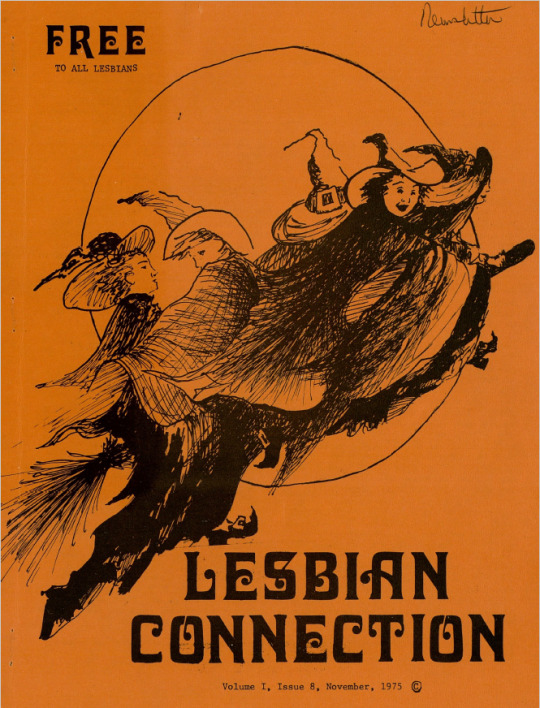
Some Witchy Lesbians, courtesy of a National Lesbian Newsletter from 1975.
12K notes
·
View notes
Text
Asexual Awareness Week: Edward Gorey!
Hello again queerlings! Happy Asexual Awareness Week from your friendly History is Gay hosts.
To our ace, aro, & anywhere in between listeners, we love you and hope you have all the delicious cake you can get this week! Each day this week, we’re bringing you short factoids about some people in history who likely could have identified as ace!
Today’s #AsexualAwarenessWeek highlight is illustrator Edward Gorey!

Gorey’s quirky & morbid works may have occasionally featured sexual themes, but he himself viewed his identity as a sexless one.
In an interview, he was once asked about his sexuality and he responded:
“I’m neither one thing nor the other particularly. I am fortunate in that I am apparently reasonably undersexed or something … I’ve never said that I was gay and I’ve never said that I wasn’t … what I’m trying to say is that I am a person before I am anything else …”

481 notes
·
View notes
Photo
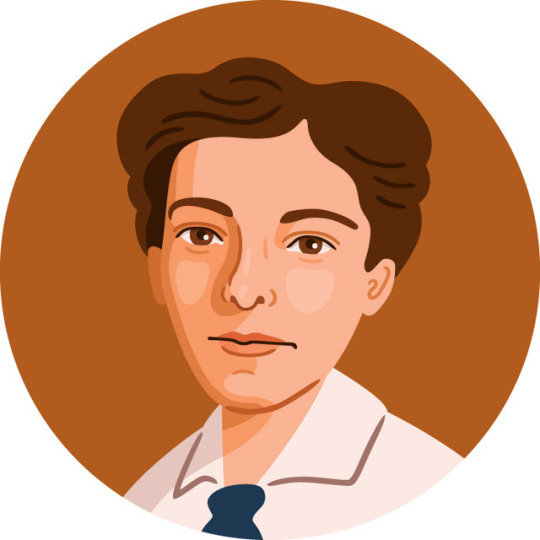
PAULINE NEWMAN 1887–1986
American labor union organizer and workers’ rights activist. Born in Lithuania, Newman had to fight for her early education. The public schools would not accept Jews, and the Jewish schools would not accept women, so she begged her way into her father’s classes, then proceeded to question his teachings on gender segregation. When her father died in 1901, she and her mother emigrated to New York City, and Newman—still a child—began working at the Triangle Shirtwaist Factory. Depressed by the terrible conditions there, she found solace in discovering socialism through a Yiddish newspaper. As a teenager, she organized an after-work leftist book club at the factory, a precursor of her career to come. When she was 20, Newman led a group of independent women to organize a rent strike in the tenements of the Lower East Side. 10,000 families refused to pay their rent on January 1, 1908, the largest rent strike the city had ever seen, which sparked decades of tenants’ rights activism. The following year, she organized a strike of 40,000 female garment workers. The attention earned her the title “east side Joan of Arc” from the New York Times, and a Socialist Party nomination for New York secretary of state, even though women did not yet have the right to vote. She was also appointed the first female general organizer for the International Ladies Garment Workers Union, and worked with the Women’s Trade Union League. Her greatest fears were realized in 1911, when a fire at the Triangle Shirtwaist Factory killed 146 workers, including many of her friends. She joined the resulting commission to inspect factory conditions, and shifted her attention towards politics and legislation. By the 1920s, Newman found herself part of the circle of women, mostly lesbians, who surrounded Eleanor Roosevelt at her cottage Val-Kill. This gave her access to politicians, who frequently sought her advice. Also part of this circle was her partner, Frieda Miller. They had met in 1917 while Miller was a teacher in Philadelphia, and in 1923 they moved to Greenwich Village where they raised Miller’s daughter together. They remained a couple for over 50 years, until Miller’s death. During that time, Newman worked as educational director for the Ladies’ Garment Workers’ Union Health Center. She lived her final years with her adopted daughter, seeing the rebirth of feminism in the 1970s, and being rediscovered as an early feminist hero.
Visit the website
233 notes
·
View notes
Photo
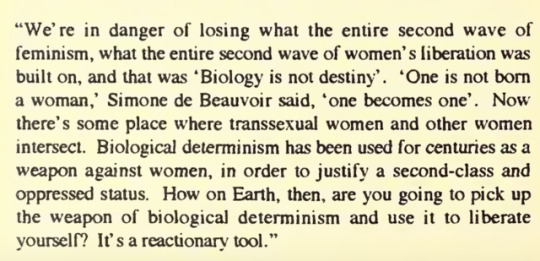
Leslie Feinberg on trans exclusion in feminist spaces.
“We’re in danger of losing what the entire second wave of feminism, what the entire second wave of women’s liberation was built on, and that was ‘Biology is not destiny’. ‘One is not born a woman,’ Simone de Beauvoir said, ‘one becomes one’. Now there’s some place where transsexual women and other women intersect. Biological determinism has been used for centuries as a weapon against women, in order to justify a second-class and oppressed status. How on Earth, then, are you going to pick up the weapon of biological determinism and use it to liberate yourself? It’s a reactionary tool.”
From TransSisters: The Journal of Transsexual Feminism, issue 7, volume 1. 1995.
86K notes
·
View notes
Text
ive recently found out that in the 80s lesbians who were more interested in cuddles and kisses rather than sex were called bambi lesbians
it’s such a cute thing omg let’s bring this term back
240K notes
·
View notes
Photo
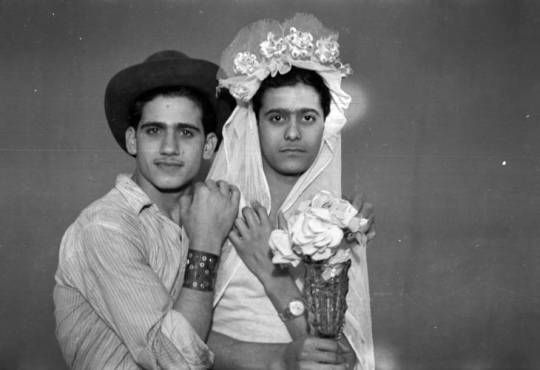



Akram Zaatari, 1950s-60s, Saida, Lebanon
105K notes
·
View notes
Photo
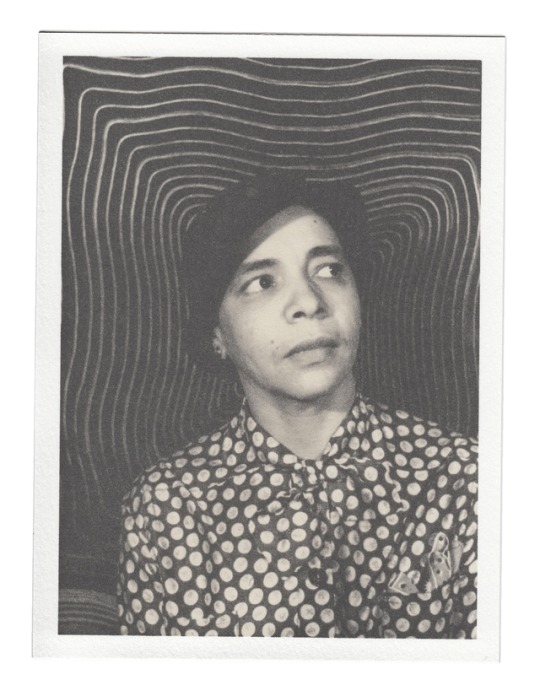
Nella Larsen: The first Black woman to win the Guggenheim Fellowship for creative writing; the first Black woman to graduate from the NYPL Library School.
312 notes
·
View notes
Note
Can you recommend some lgbt films from 70’-80’ era? :)
hi anon that sounds very much like my cup of tea! a very prolific time for queer stories, here are some i personally like…
teorema (1968) dir. pier paolo pasolini
satyricon (1969) dir. federico fellini
the damned (1969) dir. luchino visconti
the boys in the band (1970) dir. william friedkin
il conformista (1970) dir. bernardo bertolucci
dorian gray (1970) dir. massimo dallamano
the private life of sherlock holmes (1970) dir. billy wilder
valerie and her week of wonders (1970) dir. jaromil jireš
il decameron (1971) dir. pier paolo pasolini
it is not the homosexual who is perverse, but the society in which he lives (1971) dir. rosa von praunheim
death in venice (1971) dir. luchino visconti
sunday bloody sunday (1971) dir. john schlesinger
the bitter tears of petra von kant (1972) dir. rainer werner fassbinder
ludwig (1973) dir. luchino visconti
immoral tales (1973) dir. walerian borowczyk
the night porter (1974) dir. liliana cavani
a bigger splash (1974) dir. jack hazan
je tu il elle (1974) dir. chantal akerman
butley (1974) dir. harold pinter
the naked civil servant (1975) dir. jack gold
the rocky horror picture show (1975) dir. jim sharman
in celebration (1975) dir. lindsay anderson
dog day afternoon (1975) dir. sidney lumet
salò, or the 120 days of sodom (1975) dir. pier paolo pasolini
fox and his friends (1975) dir. rainer werner fassbinder
coup de grâce (1976) dir. volker schlöndorff
sebastiane (1976) dir. derek jarman & paul humfress
a special day (1977) dir. ettore scola
la cage aux folles (1978) dir. édouard molinaro
me! i’m afraid of virginia wolf (1978) dir. stephen frears
querelle (1982) dir. rainer werner fassbinder
la truite (1982) dir. joseph losey
the dresser (1983) dir. peter yates
merry christmas, mr. lawrence (1983) dir. nagisa oshima
entre nous (1983) dir. diane kurys
l'homme blessé (1983) dir. patrice chéreau
streamers (1983) dir. robert altman
another country (1984) dir. marek kanievska
the times of harvey milk (1984) dir. rob epstein
the angelic conversation (1985) dir. derek jarman
the berlin affair (1985) dir. liliana cavani
my beautiful laundrette (1985) dir. stephen frears
kiss of the spiderwoman (1985) dir. héctor babenco
caravaggio (1986) dir. derek jarman
law of desire (1987) dir. pedro almodóvar
maurice (1987) dir. james ivory
withnail and i (1987) dir. bruce robinson
salome’s last dance (1988) dir. ken russell
the rainbow (1989) dir. ken russell
i’ll also leave these here in case they’re any help!
italian lgbt film recs
spanish- & portuguese-language lgbt film recs
70s & 80s lgbt film recs
contemporary foreign lgbt recs
trans film recs
my general lgbt films tag
resources for discovering lgbt films
8K notes
·
View notes
Link
“If you are Black and gay in South Africa, then it really is all the same closet…inside is darkness and oppression. Outside is freedom.”
— Simon Tseko Nkoli
Become a Patron
Donate
171 notes
·
View notes
Text
One of my other great punk mentors, Joe Strummer of the Clash, coined a term the “Punk Rock Police,” which he used to describe self-appointed arbiters who judged other punks for wearing clothes or playing music that they deemed not punk rock enough. . . . Since coming out as she-male, I’ve encountered my own version of this phenomenon of self-appointed gatekeepers who sit in judgment of anyone they feel has strayed from the flock. I like to call them the Tranny Police, and like their punk rock counterparts, they have their fingers on the short hairs of everybody’s business and they won’t let go until everyone acquiesces to their conservative worldview of gender.
Like all fundamentalists who miss the good old days when they could stone people to death, they universalize their experience as representative for everybody. I’ve received several critical emails from the Tranny Police, expressing their anger at me for using the term she-male. These emails have a “How Dare You!” quality to them and have accused me of setting the movement back. The charge of setting the movement back I find amusing, since I think they’re setting the movement back! I might not understand a transgender woman who identifies as heterosexual or as being born with Harry Benjamin Syndrome, but I wouldn’t send a nasty email to her. Instead, I say, Go, Sister! Be Yourself! Just let me do the same.
—from “She-Male Rising” by Shawna Virago, published in Gender Outlaws: The Next Generation
#people#america#2000s#transgender#trans#trans history#gatekeeping#lgbtq#gender outlaws#gender outlaws: the next generation#quotes#original post#lgbt#slurs#t-slur#tw: t slur#s slur#tw: s slur#reclaiming language#reclaiming slurs
38 notes
·
View notes
Text
The Brian Epstein Story (1998)
BELOW: links to parts one and two of the BAFTA award-winning BBC Arena documentary examining the life and career of Brian Epstein. With contributions from Paul McCartney, Marianne Faithfull, Billy J. Kramer, Gerry Marsden and George Martin.
(90-minute abridged version exists, but this is the full 148-minute film)

PART ONE: The Sun Will Shine Tomorrow

PART TWO: Tomorrow Never Knows
117 notes
·
View notes




